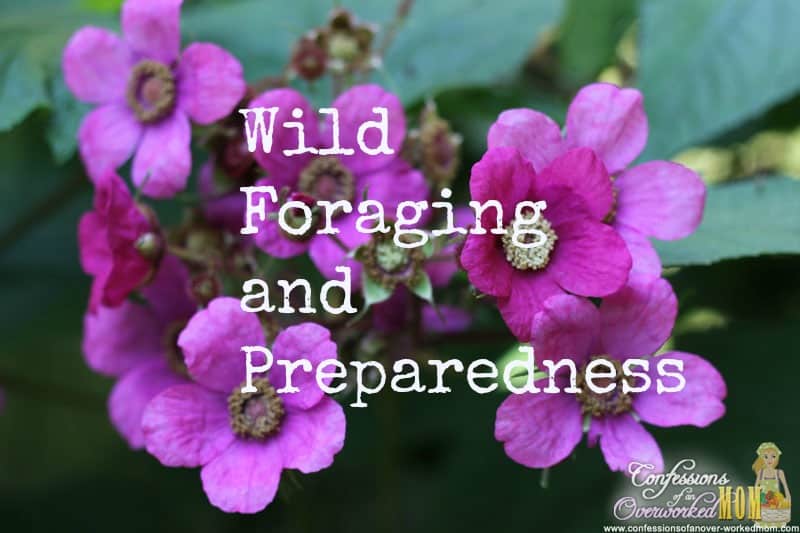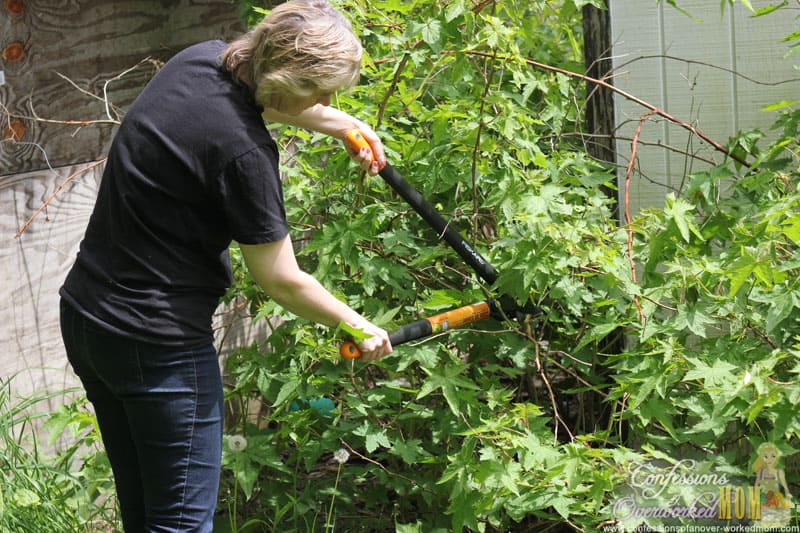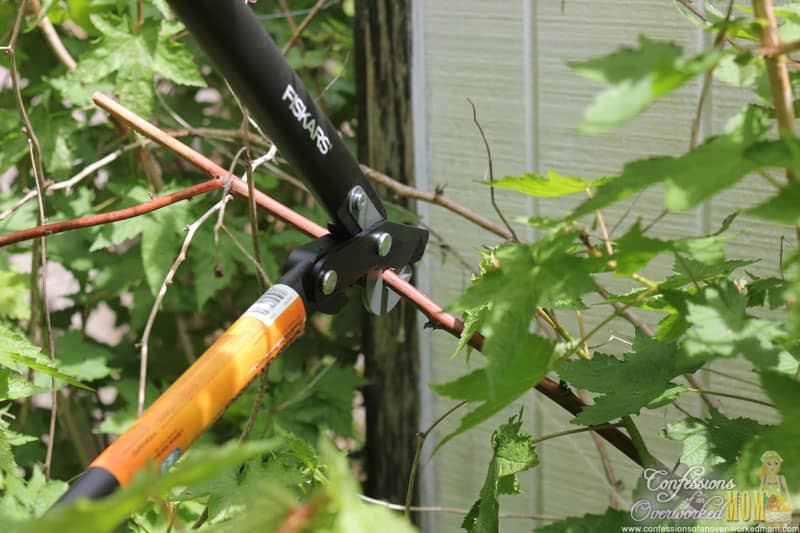Last Updated on November 23, 2022 by Ellen Christian
Have you been wondering about wild foraging and preparedness. Check out these tips to learn more about how to be prepared with food when you need it.
Posts may be sponsored. This post contains affiliate links, which means I will make a commission at no extra cost to you should you click through and make a purchase. As an Amazon Associate I earn from qualifying purchases.
What will you do when zombies attack and the grocery store shelves are empty? Imagine this scenario. The stock market crashes and we have widespread unemployment. People cannot afford groceries at the store to feed their families and the food shelf cannot keep up with the demand. People are hungry and your well manicured garden plot with its abundance of vegetables is right out in plain site. You may wake up one morning to find that the food you were relying on is no longer there. So maybe we don’t need to worry about zombies but the situation above could realistically happen.
People know what a garden plot looks like. They know what a bright, shiny tomato or pumpkin looks like. Their first target will be foods that they can recognize from the grocery store that are easy to find. That is where wild foraging comes into play. While you may know what dandelion greens are and that you can put them in your salad, could you identify a fiddlehead fern? How about a ramp, thimble berry or flowering raspberry bush? If you’re like most people, you can’t and chances are your neighbor can’t either. That is why wild foraging can be so beneficial.

Wild Foraging And Preparedness
Wild foraging is knowing what things grow wild in your area that are edible and then harvesting them to feed your family. I took a wild foraging seminar at a local college a few years ago that helped me identify a handful of things that grow in the wild in my area. Some of these things I will have to find in our local neighborhood like the ramps that grow down near the creek. However, there are some that are found on my property and some I can plant on my property to take advantage of in the future.
The flowering raspberry bush or rubus odoratus is a member of the raspberry family. Unlike most cultivated raspberries, it has almost no thorns. What it looks like to the uneducated eye is a pretty shrub with bright pink flowers and berries. Rubus odoratus is native to eastern North America. It is a thick shrub that grows wild with cane like stems. These stems grow three to six feet tall and up to 2″ in diameter. They have bright pink/purple flowers that bloom throughout the summer.

When I originally got this shrub from a friend, she told me it was a thimble berry. However, after doing some research, I learned that the thimble berry generally has white flowers and what I had was actually a flowering raspberry bush also known as a Purple-flowered Raspberry or Virginia raspberry. I planted this bush in between our garden shed and our wood shed. To the untrained eye, it looks much like an overgrown area that hasn’t been well kept up. While the berries aren’t quite as sweet as your traditional cultivated raspberries, they taste similar and are completely edible. They can be made into jam if you prefer your berries to be sweeter.
Upkeep on these wild berry bushes is very simple. Each spring, they need to be pruned back into the area you want them to grow. Any dead or non productive canes should be removed to make room for new growth. They are very aggressive growers so you do need to prune them back if you don’t want them to take over the rest of your yard. If you plant them in a corner of your property, you may not need to worry about it as much and you can just let them grow wild. If, like me, you want them to stay where you planted them, you will need a good lopper to prune them back. The canes are much thicker than your traditional raspberry bush canes. Your pruning sheers won’t touch these canes easily.
I use the Fiskars PowerGear Lopper (the 27″ style) (see it on Amazon) to cut through the canes on my flowering raspberry bush. I don’t have a lot of strength in my hands and have problems with my wrists. I need a lopper that has the strength to cut through heavy canes without making my hands and wrists ache. The technology they use (PowerGear) is a patented gear technology that multiplies your leverage to give you up to three times more power on every cut. That means more strength with less effort on your part.
I often find that some gardening and yard work tools are very heavy and hard to use. I’m not a gardener by trade and I don’t tend to do a lot of work that uses my upper arms. I was very pleased to see that the Fiskars PowerGear Lopper is fairly light weight. I can easily prune back the flowering raspberry or even my pear tree without my arms aching from using the lopper. I also appreciate that it has a low friction blade coating that makes cleaning it up after using it very easy. We have pine and fir trees on our property too and when I use the lopper on stray branches, cleaning the sap off it is easy.
If you need a way to prune back larger canes and brush, the Fiskars PowerGear Lopper is definitely the easiest lopper I have used. It’s going to make doing the yard work much easier this year. Can you identify any wild edibles in your yard?

Ellen is a busy mom of a 24-year-old son and 29-year-old daughter. She owns six blogs and is addicted to social media. She believes that it doesn’t have to be difficult to lead a healthy life. She shares simple healthy living tips to show busy women how to lead fulfilling lives. If you’d like to work together, email info@confessionsofanover-workedmom.com to chat.


Can’t wait until I can pick ramps and fiddleheads. After 6 more inches of snow last night, foraging is just a dream for warmer days!
We got more snow too 🙁 I cannot wait till spring!
I have blackberries in the front yard that need trimming periodically. These would definitely come in handy!
Yeah they work great for berries & they have nice long handles so you don’t get scratched up.
I understand that raspberries can overtake an area pretty quickly. We didn’t plant them in our berry garden but hope to put them elsewhere on the lot someday.
Sounds like a very interesting class.
I think my hubby has those same cutter thingies. I’m into technical terms…..
LOL cutter thingies works!
I wish they offered classes like that around here. I’d be lucky to not pick poison ivy!
It’s the only one I have seen around here. I’d love to take another.